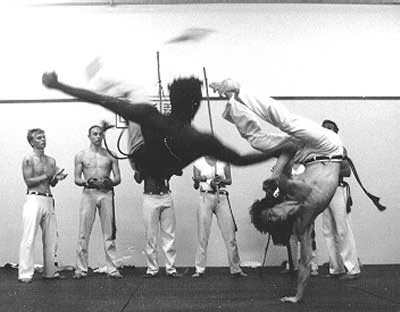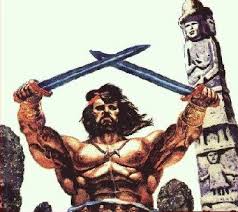ABOUT PROFESSIONAL AND AMATEUR STATUS IN SPORTS FIGHT
 It is known that already in the IV century BC Macedonians and Romans had professional wrestlers who received remuneration for participating in sports. Nevertheless, the question of whom to consider as a professional and who as an amateur in sports in general and in wrestling in particular, remains open.
It is known that already in the IV century BC Macedonians and Romans had professional wrestlers who received remuneration for participating in sports. Nevertheless, the question of whom to consider as a professional and who as an amateur in sports in general and in wrestling in particular, remains open.
The first definition of professionalism in sports was given in 1868. Its meaning was that only those who do not make a living by physical labor can engage in amateur sports. This peculiar formulation sometimes led to funny things. For example, in 1914, the winner of the Russian amateur wrestling championship did not receive a gold medal, since he worked as a janitor, which means he was engaged in physical labor and, by definition, could not be considered an amateur. (If we follow this logic, then, say, the Soviet heavyweight wrestler Arsen Mekokishvili could also be deprived of the gold Olympic medal he won in 1952: in his “unsportsmanlike” life, he was engaged in growing grapes on a collective farm in Kakheti.)
A new formulation of amateur status was developed in the 30–40s. last century: if an athlete receives a reward for participating in training and competitions, he is a professional; if not, an amateur. Later, several more definitions were proposed, including the wording on which the athlete’s professional status was determined by the presence of an appropriate contract.
The wrestlers receive financial rewards for their performances, but professional wrestling, as such, by analogy with professional boxing, does not currently exist. What is usually called “professional wrestling” (or wrestling), in fact, is a sports show in which there is no competitive moment, although fights are held as part of the “world championships”.
Not so long ago, another form of competition emerged: fights without rules, or “absolute fights” – a modern interpretation of the Greek pankration. Representatives of any martial arts can take part in them, and the prize fund is several hundred thousand dollars. Wrestlers initially had an advantage in “absolute fights” and often won. For example, Jujitsu master Huas Gracie, a 3-time world champion in martial arts, the US heavyweight champion in freestyle wrestling, Daniel Severn, a 2-time champion, world sambo champion Oleg Taktarov, also became the champion in “absolute fights”. But fighting without rules is still not a fight in its purest form, and wrestling equipment in them is only one of the components of the training of a universal fighter.




